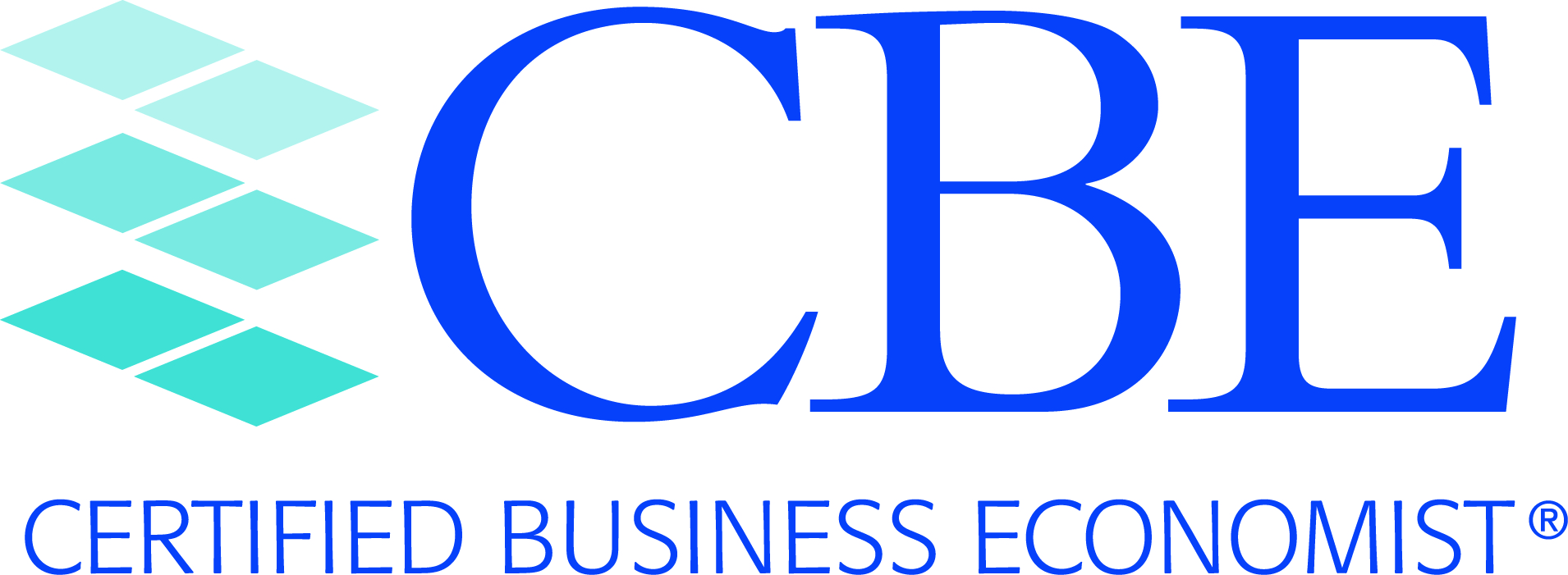
Applied Econometrics - Content Outline
Back to Exam page
- Getting Started
- The Model Specification Phase
- The Principal of Parsimony
- The Shrinkage Principle
- The Generic Single-Equation Linear Regression Model
- Components of the Model
- Endogenous Variables, Exogenous Variables, Lagged Exogenous Variables, Lagged Endogenous Variables
- The Disturbance (or Error) Term
- Assumptions of Econometric Models
- Data and Data Transformations
- Data Types--Time-Series, Cross-Sectional, Combination
- Getting a Feel for the Data--Plots of Key Variables,Scatter Plots, and Descriptive Statistics
- Massaging the Data
- Expression of Data--Nominal versus Real or Inflation-Adjusted Measures
- Expression of Data--Total or Per Capita Terms
- Expression of Data--Levels, Changes, or Percentage Changes
- Use of Moving Averages or Exponential Smoothing
- Adjustments for Seasonality
- Imputations for Missing Data
- Mathematical and Statistical Considerations
- Key Constructs in Applied Econometric Models
- Estimation of Structural Parameters in Applied Econometrics
- Marginal Effects, Standardized Regression Coefficients. Elasticities, and Partial Correlation Coefficients
- Interval Estimation and the Construction of Confidence Intervals
- Common Tests of Hypotheses
- Tests of Hypotheses Regarding Structural Parameters of Econometric Models
- Statistical Distributions--Standard Normal, t, Chi-squared, and F
- Level of Significance and p-Values
- Goodness-of-Fit Test
- Tests of Single Coefficients
- Tests of Linear Combinations of Coefficients
- Additional Tests of Hypotheses in Econometric Models
- Test of Normality of the Residuals (the Jarque-Bera Test)
- Ramsey Regression Specification Error Test (the Ramsey RESET Test)
- Box-Cox Test (Test of Functional Form)
- Granger Causality Test (Test of Precedence)
- Hausman Test (Test of Endogeneity/Exogeneity of Explanatory Variables)
- Use of Indicator or Dummy Variables
- Overview (the Representation of Qualitative Variables in Applied Econometrics)
- Autocorrelation or Serial Correlation
- Definition, Prevalence, and Consequences of Serial Correlation
- Systematic Pattern in the Residuals
- Positive Versus Negative Autocorrelation
- Formal Tests of Serial Correlation
- Solution to the Serial Correlation Problem
- Heteroscedasticity
- Definition, Prevalence, and Consequences of Heteroscedasticity
- Indigenous to the Use of Cross-Sectional Data
- Examination of the Residuals--Graphical Depictions
- Formal Tests of Heteroscedasticity
- Solution to the Heteroscedasticity Problem
- Application of Weighted Least Squares
- Collinearity
- Definition, Prevalence, and Consequences of Collinearity
- Consequences for Structural Parameter Estimates and Forecasting
- Formal Diagnostics of Collinearity
- Influence Diagnostics: The Detection and Assessment of Data Outliers and Leverage Points
- Definition and Consequences of Influence Points
- Structural Change and Stability of Structural Coefficients
- Abrupt Structural Change
- Breakpoint(s)
- Use of Sequential Chow Tests
- Formal Tests of Parameter Instability
- Recursive Estimation
- Recursive Residuals
- Solution(s) to Structural Change or Parameter Instability
- Attention to the Time Frame of the Econometric Analysis
- Use of Dummy Variables
- Distributed Lag Models
- Overview of Distributed Lag Models
- ARCH and GARCH Models
- Overview of ARCH and GARCH Models
- Mechanics of the Autoregressive Conditional Heteroscedasticity (ARCH) Model
- Mechanics of the Generalized Autoregressive Conditional Heteroscedasticity (GARCH) Model
- Qualitative Choice Models
- Overview of Qualitative Choice Models
- Binary Choice Models--The Probit Model
- Binary Choice Models--The Logit Model
- Estimation of Probit and Logit Models
- Calculation of Appropriate Marginal Effects
- The Prediction-Success Table
- Censored Response Models
- Pooling of Time-Series and Cross-Sectional Data
- Overview and Examples of Pooled Time-Series and Cross-Sectional Data
- To Pool or Not to Pool?
- Cross-Sectionally Heteroscedastic and Time-Wise Autoregressive Models
- Fixed and Random Effects
- Simultaneous-Equation Models
- Order Conditions for Identification
- Impact, Interim, and Total Multipliers
- Stability Conditions of Simultaneous-Equation Models
- Seemingly Unrelated Regression (SUR) Models